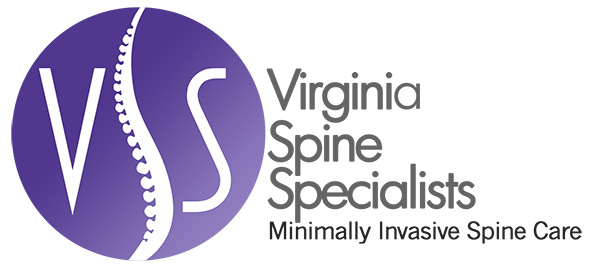Minimally Invasive Treatments for Lower Back Pain
Lower back pain remains one of the number one reasons for adults seeking out medical attention, and is currently one of the most expensive conditions to treat. The costs of surgery and physical rehabilitation, not to mention time and compensation losses for the working patient, have all led doctors

and scientists to innovate new ways to treat spinal disorders and conditions in a way that will reduce the cost and recovery time for the patient.
Minimally invasive surgery (MIS) and treatments rely on cutting edge technology, delicate instrumentation, and a deep knowledge of spinal anatomy to correct issues of the spine, back, and neck without damaging any of the area’s soft tissues. In contrast to open back surgery, minimally invasive surgery is quicker and has a shorter recovery time for the patients, saving them money and allowing them to return to work sooner.
There are many benefits of MIS and minimally invasive treatments, the biggest being the reduced risk of failed back syndrome. Failed back syndrome is chronic pain condition that usually occurs in the back or legs after spinal surgery, most likely a laminectomy. Laminectomies are open spine surgeries used to correct spinal stenosis, a condition that can be treated with minimally invasive techniques. More benefits of MIS include:
1) Less Post Operative Pain: while most spinal surgeries are done to treat conditions that cause pain, the recovery from invasive spinal surgery can also be a painful process, sometimes more so than the actual disorder. In the case of laminectomies, most patients will see a recurrence of their stenosis in addition to chronic pain for sometimes up to 18 months after the procedure.
2) Less Blood Loss and Risk of Infection: During open surgery, a patient’s organs and body structures are exposed in to the open environment. Surgeons typically may move some structures in order to get to the exact location of the spinal issue. With MIS, doctors rarely make any long or deep incisions, usually causing less blood loss, damage to the muscles and organs surrounding the spine, and lowering the risk of infection for the patient.
3) Improved Function: As stated, the technology involved with minimally invasive spine surgery allows practitioners to more accurately pinpoint the source of the patient’s pain. Since the procedure involves no serious incisions, there is no need for surgeons to shift the location of body tissues and structures, as they do not need to find the source of the back pain. This prevents the occurrence of disorders in these surrounding organs and tissues, improving the overall condition of the spine and back.
Surgery should always be a last resort option in the treatment of your chronic back pain. As there will be more advances in technology in the coming ages, doctors will continue to find ways to treat this common disorder while reducing the costs and time of recovery for patients. For more information on procedures and treatment advances, click here.

Categories
Archives
Contact Dr. Mudit Sharma
Phone: (571) 921-4877
Toll Free: (855) 774-6334
Monday – Thursday: 8am – 4pm
Friday: 8am – 2pm
Fredericksburg
4604 Spotsylvania Parkway, Suite 300 Fredericksburg, VA 22408
Manassas
8650 Sudley Road, Suite 315
Manassas, VA 20110-4418
